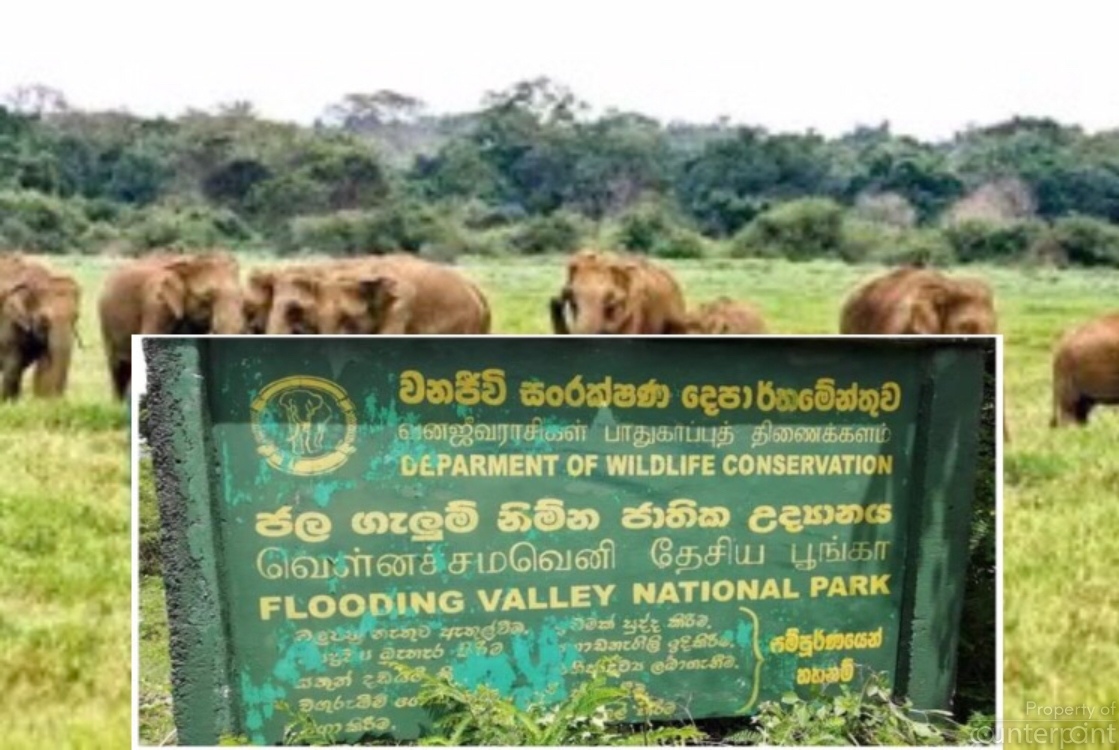A writ petition has been filed in the Court of Appeal seeking an order in the nature of a Writ of Mandamus directing environmental authorities to act in terms of the Law to accurately identify the area and demarcate the exact boundaries of the Flood Plain National Park.
The Center for Environmental Justice and its Executive Director Hemantha Withanage filed this petition naming Director General of Wildlife Conservation, Minister of Wildlife and Forest Conservation, State Minister of Wildlife and Forest Conservation, Conservator General of Forests and several others as respondents.
Petitioners state that Flood Plains National Park is the only flood plain national park in Sri Lanka and is situated in the Polonnaruwa District of the North Central Province.
It is one of the four national parks designated under the Mahaweli river development project. The area was declared a National Park on the 7th of August 1984 under Section 2(1) of the Flora and Fauna Protection Ordinance by Gazette Notification No. 309/4. Spanning an extent of 17,350 hectares, the Park is the only habitat for elephants that were displaced after the Mahaweli Project was expedited. Over 30% of elephants are found in the Mahaweli region and the Park plays the role of important habitat, the petitioners said.
Petitioners state that this National Park is strategically located, with the Somawathiya and Wasgamuwa National Parks on its North Eastern and South Western borders respectively. The Angammedilla National Park is also found to the West, some distance from the Flood Plains.
Petitioners state that as the name suggests, Mahaweli River runs right through the Park, giving rise to rich flood plains alongside the river. The floodplains which dominate the park provide the rich alluvial soil that flanks the Mahaweli Ganga and they are characterized by numerous shallow marshy depressions called villus, which is home to diverse aquatic plants and water-tolerant grass. The rich vegetation in the villus attracts large numbers of grazing animals and birds supporting higher annual biomass than any other type of habitat within the Mahaweli Development Project area.





